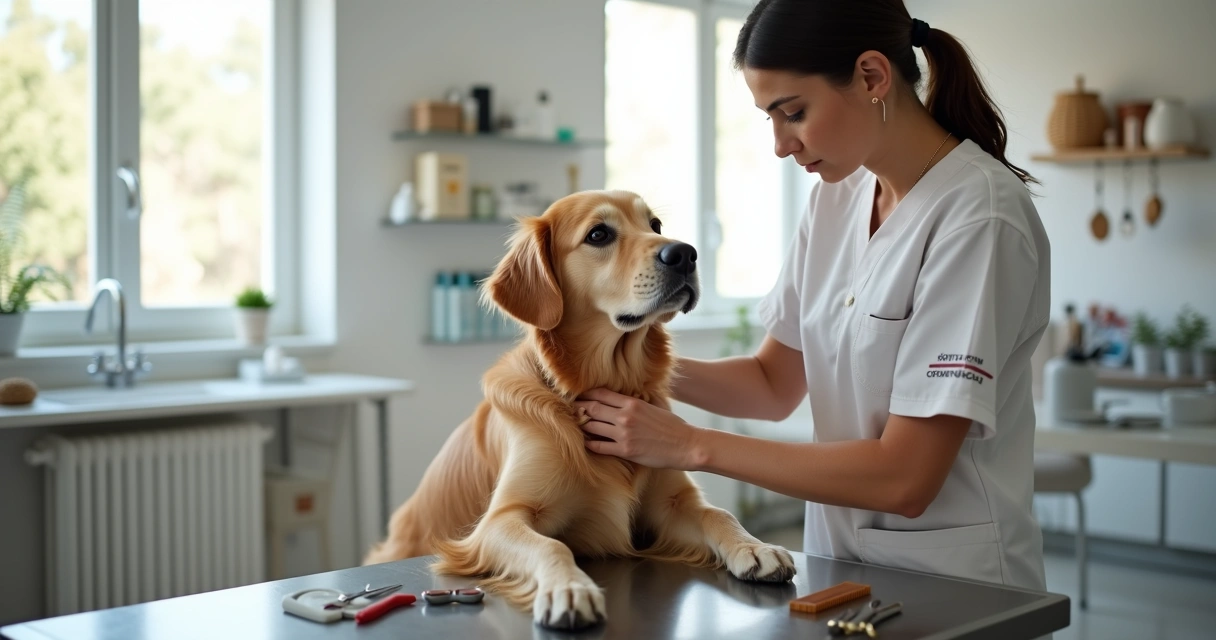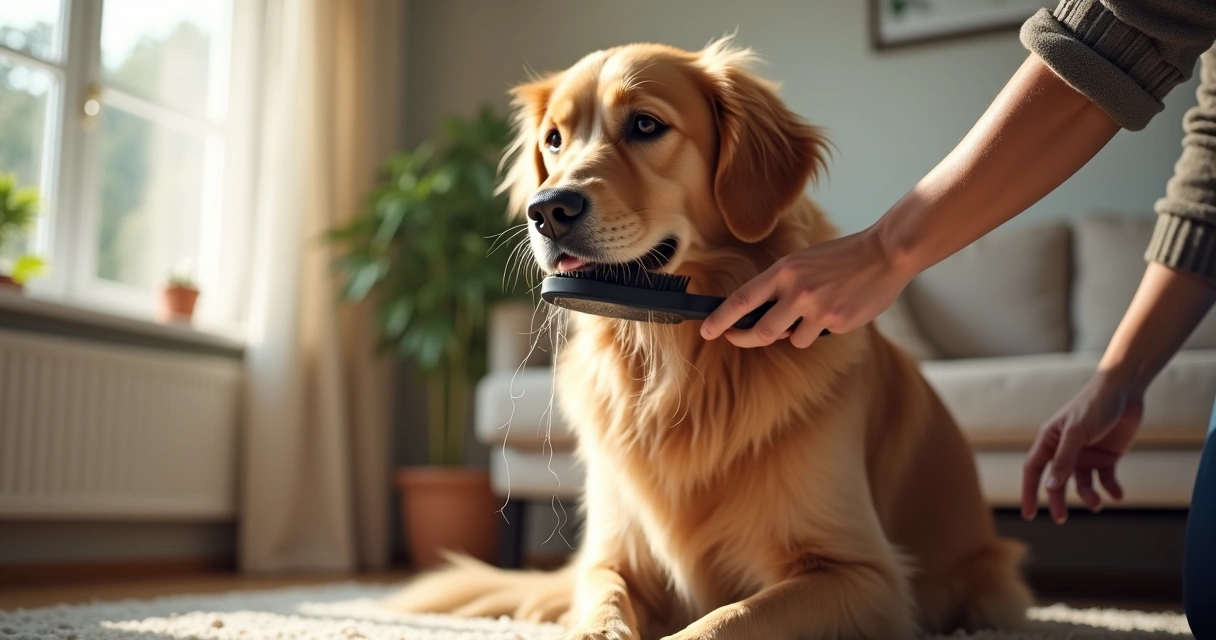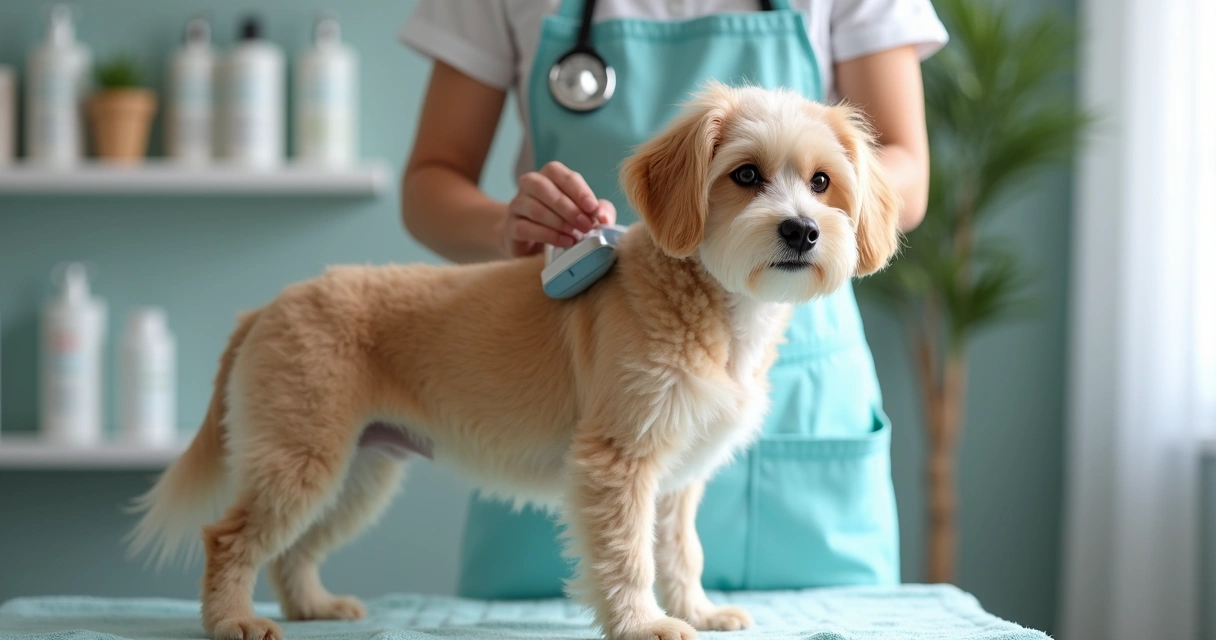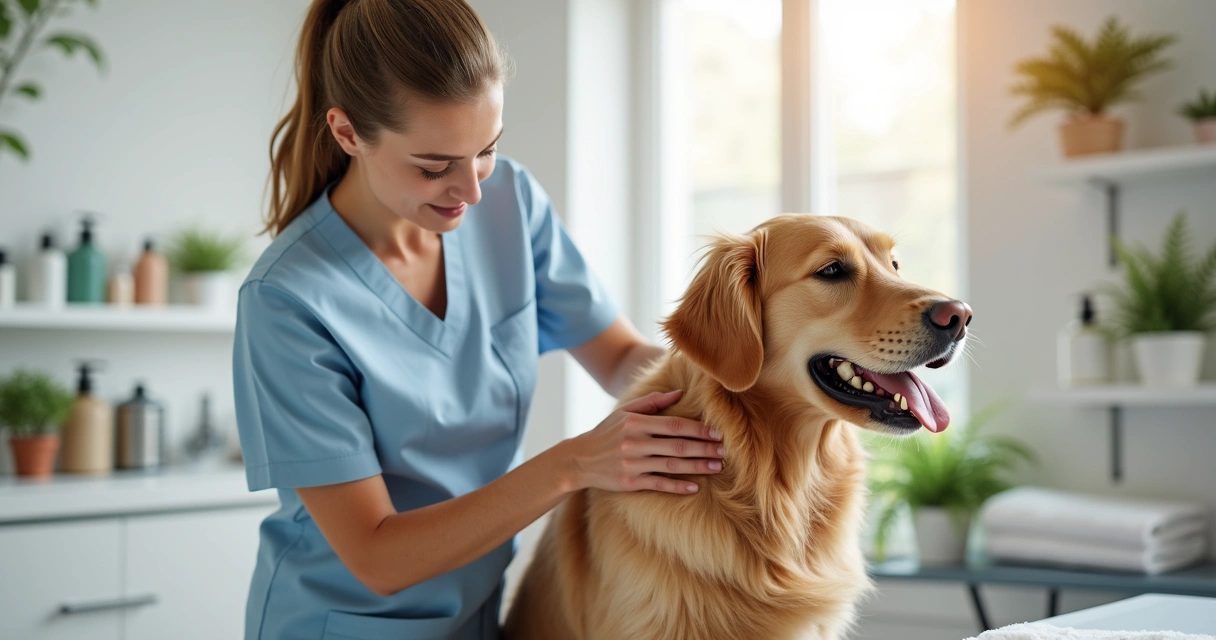Grooming your dog isn’t just about making them look good. It’s a chance to bond, to check their health, and to offer comfort. But creating a routine that works for your furry friend can feel daunting. Where should you start? How often should baths or brushing happen? And does every breed require the same care?
Let’s take a closer, and sometimes imperfect, journey through the steps of building a grooming routine that truly fits—one designed for your dog’s happiness and health.
Why regular grooming matters
Some mornings, when my dog greets me with that wild, tangled mane and a muddy grin, I realize how quickly things can fall apart without regular care. It’s not just aesthetics. Grooming ties into physical health, keeps their skin in shape, and even provides clues about their mood or medical issues.
Grooming is love in action, not just a chore.
A regular grooming routine benefits your dog in several ways:
- Reduces shedding and matting
- Prevents fleas, ticks, and skin infections
- Improves overall comfort and flexibility
- Offers moments to check for lumps, rashes, or injuries
- Strengthens the bond between you and your pet
According to tips and recommendations from the ASPCA, brushing frequency and grooming styles can change depending on whether your dog sports a wiry coat, thick curls, or something in between. So, it probably won’t be a one-size-fits-all deal. That’s reassuring… or is it?

First step: know your dog’s needs
Your dog’s breed, age, coat type, and even activity level make a difference. Puppies may not tolerate long grooming sessions at first (my own puppy, Penny, would wiggle out of every towel). Senior dogs need gentler handling. A short-haired beagle might get by with a quick brush, while poodles and doodles are another story entirely.
- Short-haired breeds: weekly brushing and occasional baths
- Long-haired breeds: frequent brushing (sometimes daily) and regular trims
- Curly or double coats: extra attention to avoid matting, daily detangling
Resources like the grooming guide for dogs recommend specialized tools for thick or curly coats. The right brush can make all the difference.
The foundation: brushing, bathing, and beyond
Brushing isn’t just about the hair
Brushing removes loose fur, but it also distributes natural oils, untangles mats, and improves skin health. Short sessions a few times a week can help your dog get used to the sensation. For long-haired dogs or those prone to shedding, it quickly becomes a daily ritual.
Brushing is more about touch than technique.
- Use a slicker brush for tangles
- Pins and bristle brushes for long fur
- Rubber brushes for short hair (they also massage the skin)
Bathing: how clean is too clean?
Everyone loves a fresh-smelling pup, but bathing too often can dry out their skin. How often? Most experts, like the comprehensive veterinary bathing guide, suggest once every one to three months unless your dog loves to roll in mud. Always use a dog-friendly shampoo—human products can mess with their skin’s pH.
- Test the water temperature—it should be lukewarm
- Protect ears from water and soap
- Massage shampoo in gently, rinse thoroughly
- Towel dry, and if your dog allows, a gentle blow dry on low heat
The details: ears, nails, teeth
The little things make a huge difference. Dirty ears can lead to infections, long nails hurt paws, and bad breath might signal bigger issues. This is where patience (and the occasional bribe) come in.
- Ears: Check weekly, using damp cotton pads (never a Q-tip). Watch for redness and odd smells. Regular cleaning helps avoid painful ear problems.
- Nails: If you hear clicking on the floor, it’s time. Trim tip by tip, avoiding the quick (the pink area inside the nail).
- Teeth: Brush teeth as often as possible with a dog toothbrush and toothpaste. Dental wipes or treats can help, but nothing beats brushing.
Health hides in the small details.
Make it positive—for both of you
Some dogs settle into grooming happily. Others, well, they require a little extra patience. Use treats, calm voices, and praise. Try short sessions at first. And if your dog ever seems too anxious or stressed, pause and try another day. Progress (not perfection) is the goal.
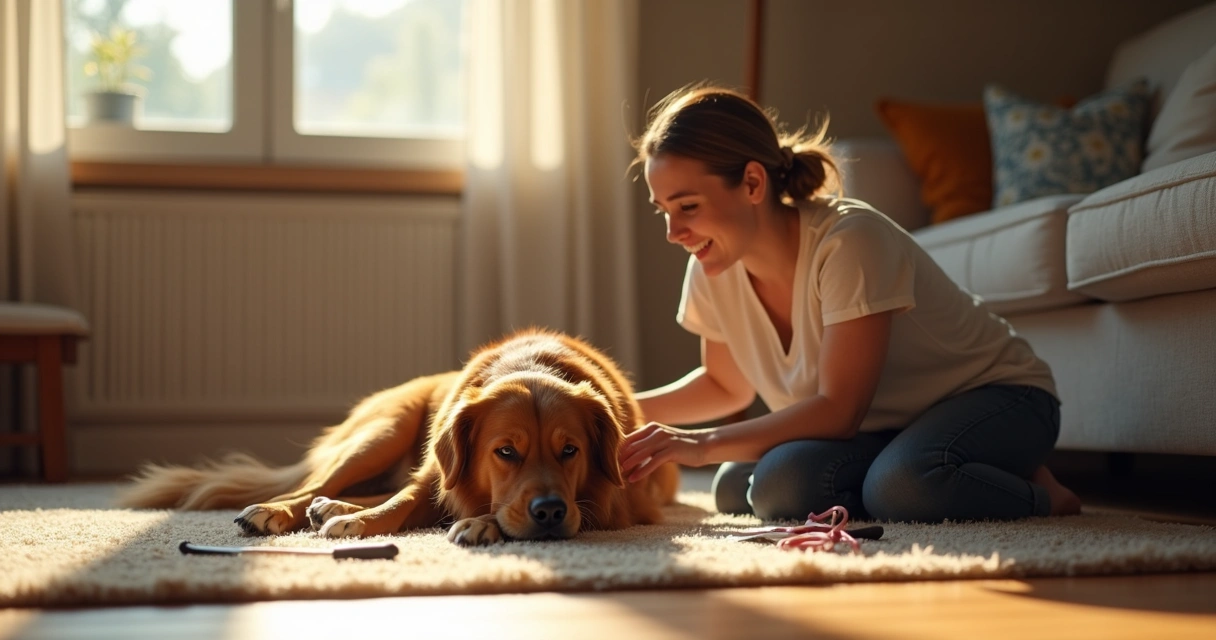
How Dogtown can help
At Dogtown, Gloucester’s 10,000-square-foot haven for pets, groomers are specialized not just in dogs, but in cats as well. Sometimes, pet parents find grooming at home stressful or just don’t have enough time. It happens. Dogtown’s trained team tailors care to each animal’s size, coat, and temperament—making grooming a gentle, positive experience. Services such as nail trimming, dental cleaning, brushing, and deep moisturizing treatments are available à la carte or as part of full grooming packages.
Often, a professional touch can make the difference between "good enough" and "comfortable" for your pet. Plus, you receive personalized feedback to keep up the good habits at home.
Creating your own grooming plan
I won’t pretend every day is smooth; sometimes my dog flees at the sound of nail clippers. But a written routine (even a messy one on the fridge) helps. Here’s a simple framework:
- Brushing:
- Short-haired: 1-2x a week
- Long-haired: daily
- Bathing: Every 1-3 months, unless dirty
- Ears, nails, teeth: Check weekly; trim nails and clean ears as needed, brush teeth every few days
- Professional grooming: Schedule as needed (every 4-8 weeks for certain breeds)
Adjust as you go. Some weeks you might skip a bath, but never skip a cuddle. And remember, routine doesn’t mean rigidity.
Small setbacks, big wins
There might be hiccups. The occasional knotted fur, a missed nail trim, or an accidental splash. That’s okay. Dogs remember the comfort, not the mistakes. Consistency matters more than perfection.
If you’re ever unsure, a quick chat with a Dogtown groomer can set your mind at ease. They can suggest best practices or take care of especially tricky tasks so you and your pet can focus on the fun parts of being together.
Conclusion: grooming is time well spent
At the end of it all, grooming is an act of care—sometimes a test of patience, always a way to show affection. Whether you do everything at home or pair home care with professionals like those at Dogtown, every brush, bath, and snip adds to your dog’s well-being and your life together.
Ready for a happier, healthier pet? Reach out to Dogtown to schedule a grooming session or a pre-enrollment assessment, and find out how an effective grooming routine can make every day with your pet brighter.
Frequently asked questions
What is a good dog grooming routine?
A good dog grooming routine balances brushing, bathing, ear cleaning, nail trimming, and dental care—tailored to your dog’s breed, age, and coat type. For short-haired dogs, weekly brushing and monthly baths may be enough, while long-haired breeds usually call for daily brushing and regular trims. Checking ears, nails, and teeth weekly is also part of a thorough routine. You can read more about creating a grooming schedule in the ASPCA recommendations.
How often should I groom my dog?
Brushing frequency depends on coat length and type. Short-haired dogs typically need brushing once or twice a week, while long-haired, curly, or double-coated dogs may benefit from daily brushing according to grooming guides for dogs. Bathing usually happens every one to three months, but can vary based on activity and environment. Nails, ears, and teeth require weekly checks.
What tools do I need for grooming?
The basic tools include a slicker brush, pin or bristle brush (for longer coats), rubber brush (for short coats), nail clippers or grinder, dog toothbrush and toothpaste, gentle dog shampoo, and cotton pads for ear cleaning. Specialized tools—such as undercoat rakes or detangling sprays—can be helpful for particular breeds. Guides recommend choosing tools based on your dog’s needs.
How can I make grooming easier?
Start slow, keep sessions short at first, and use treats and praise to create positive associations. Having all your tools ready and a calm environment helps. If your dog shows strain or stress, pause and try again later. Sometimes professional help is useful for tricky tasks, and at Dogtown, groomers specialize in making the process comfortable for both dogs and cats—even the nervous ones.
Should I use professional groomers?
Professional groomers can be very helpful, especially for dogs with thick or hard-to-manage coats, or for tasks like nail trimming or ear cleaning that some owners find challenging. At Dogtown, our groomers are specialized in both dogs and cats, ensuring the process is safe and tailored to your pet. Even if you do most grooming at home, periodic sessions with a pro can keep your pet’s coat, skin, and overall hygiene in top shape.


